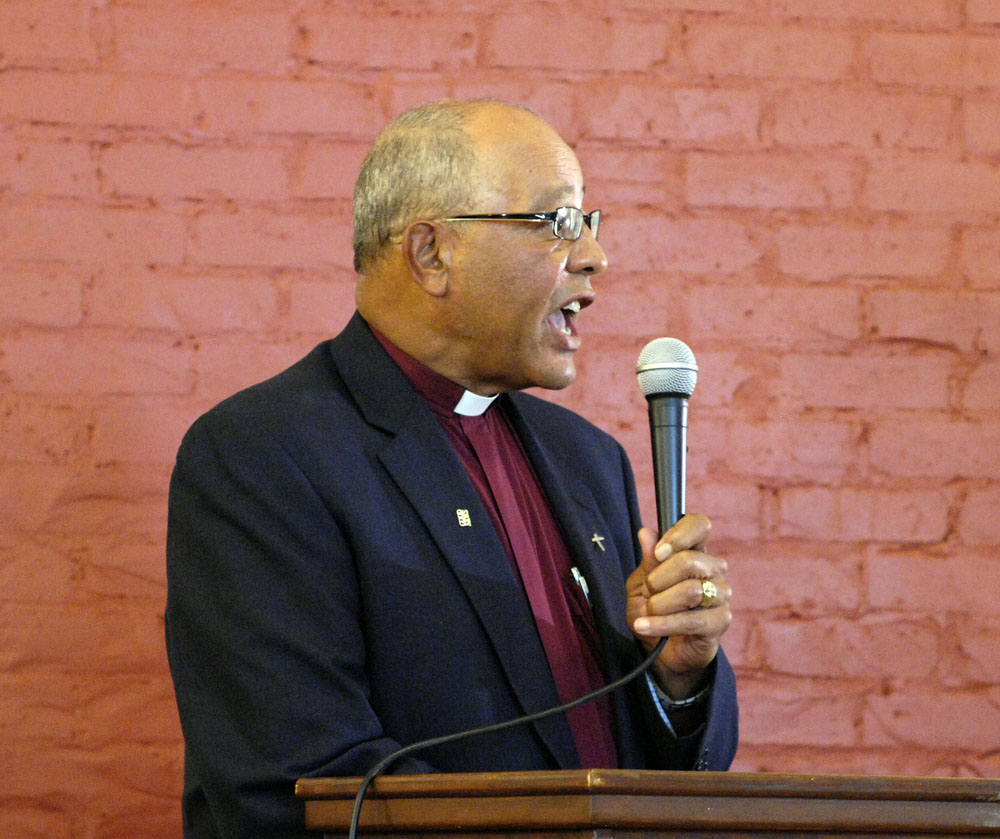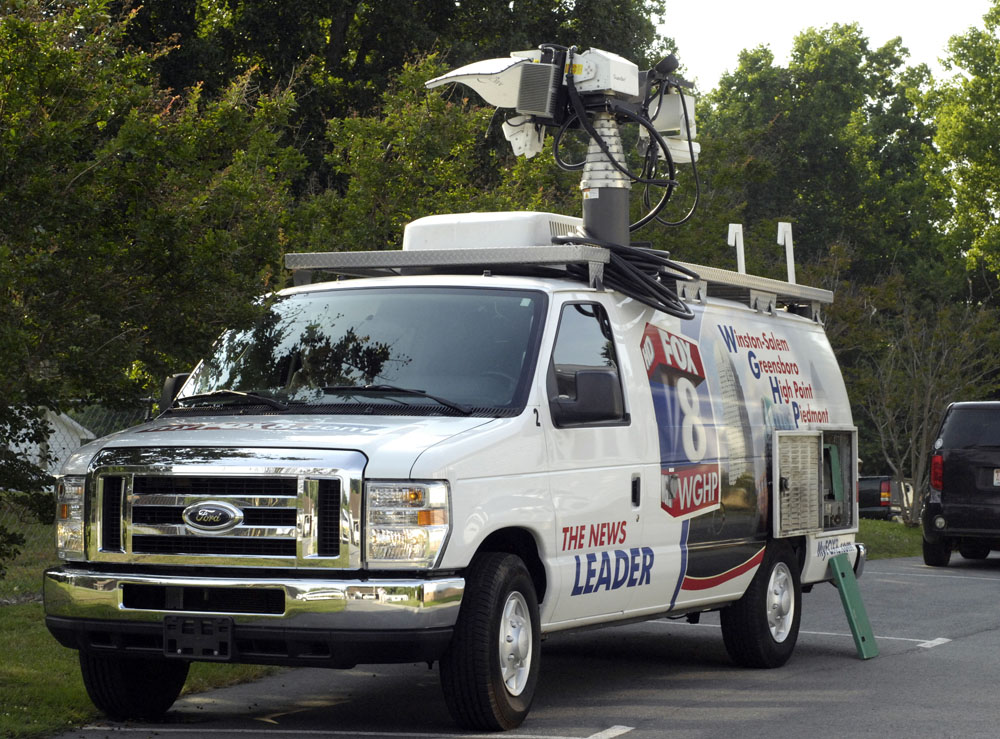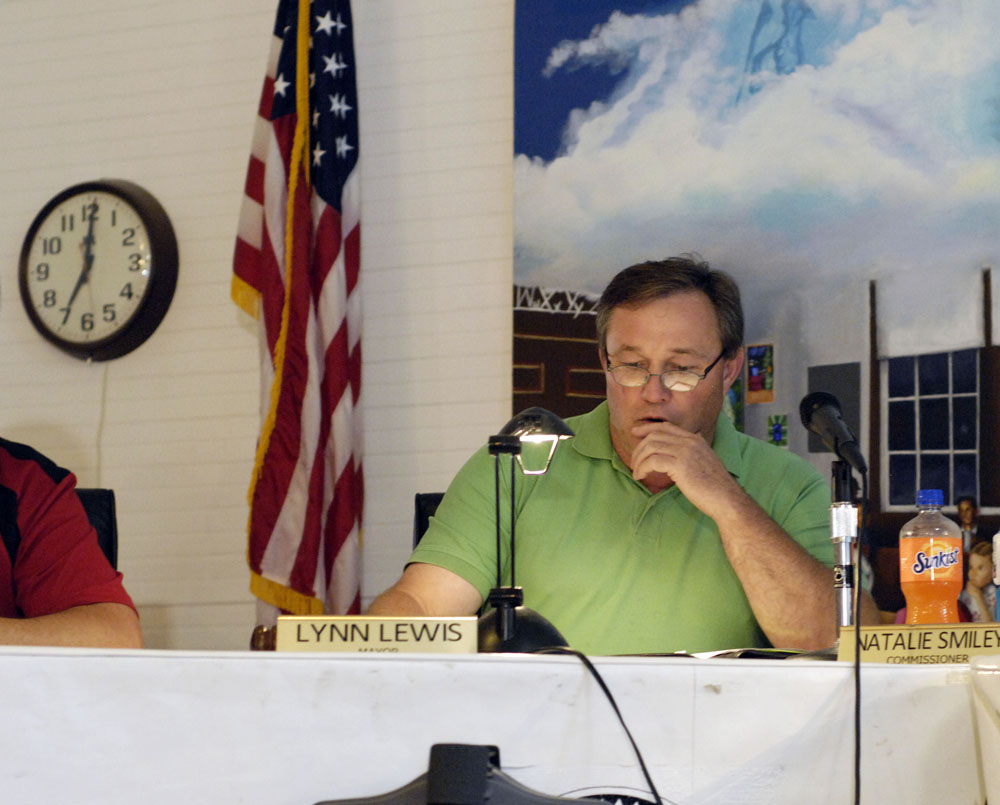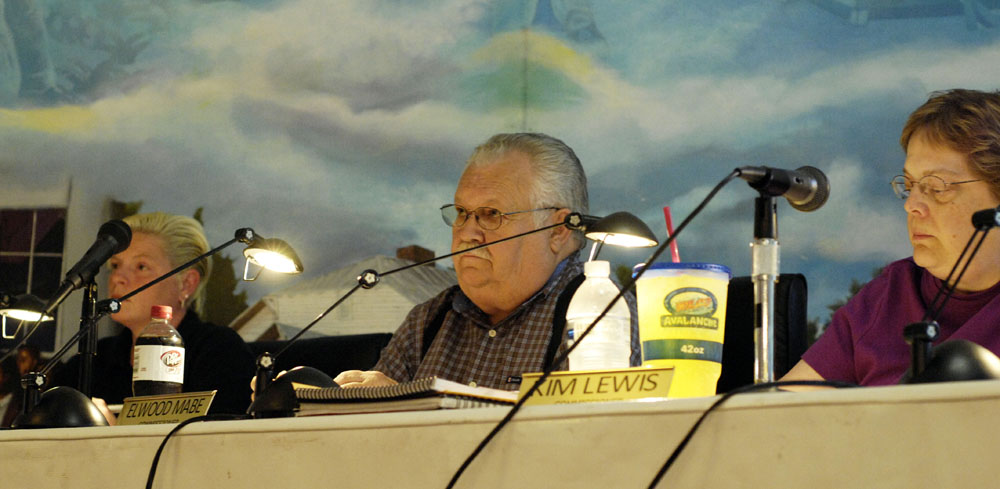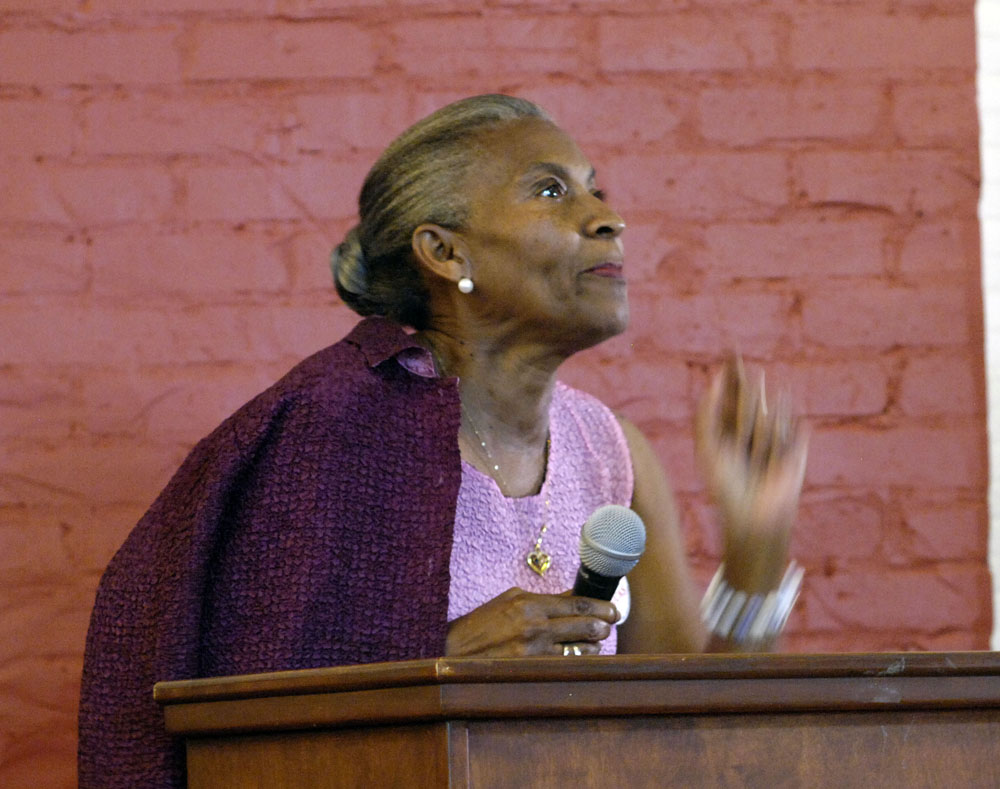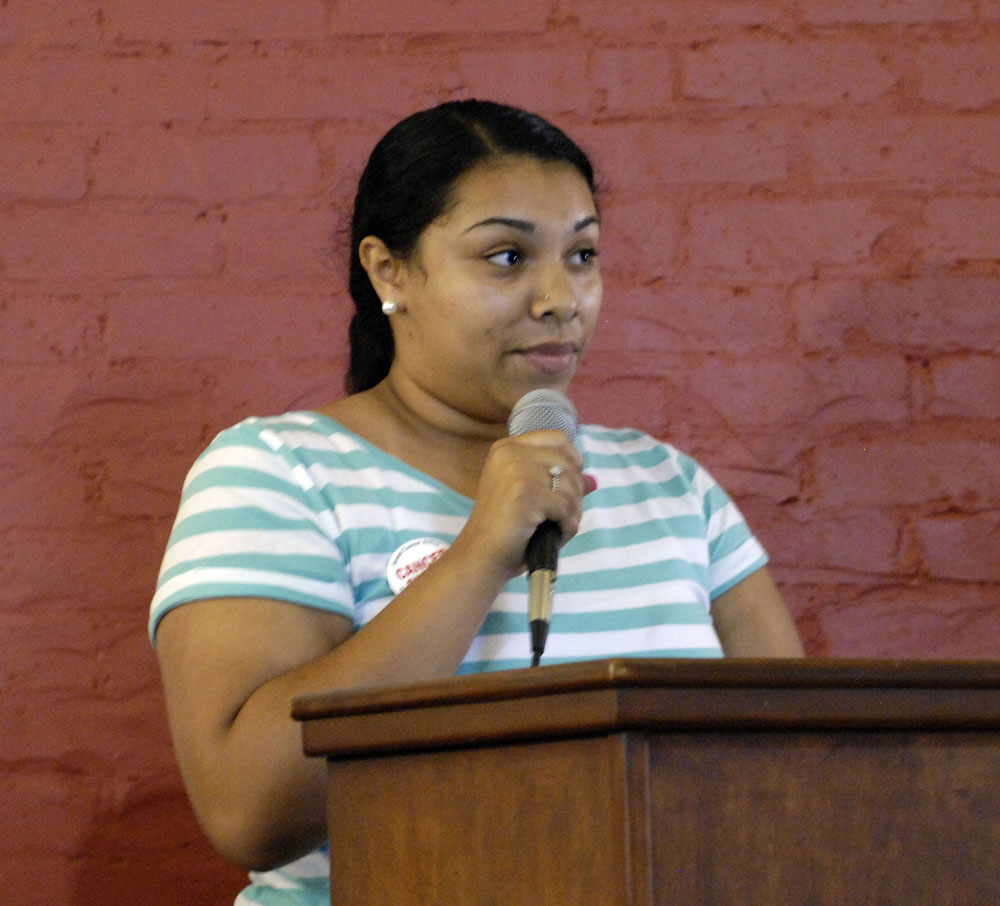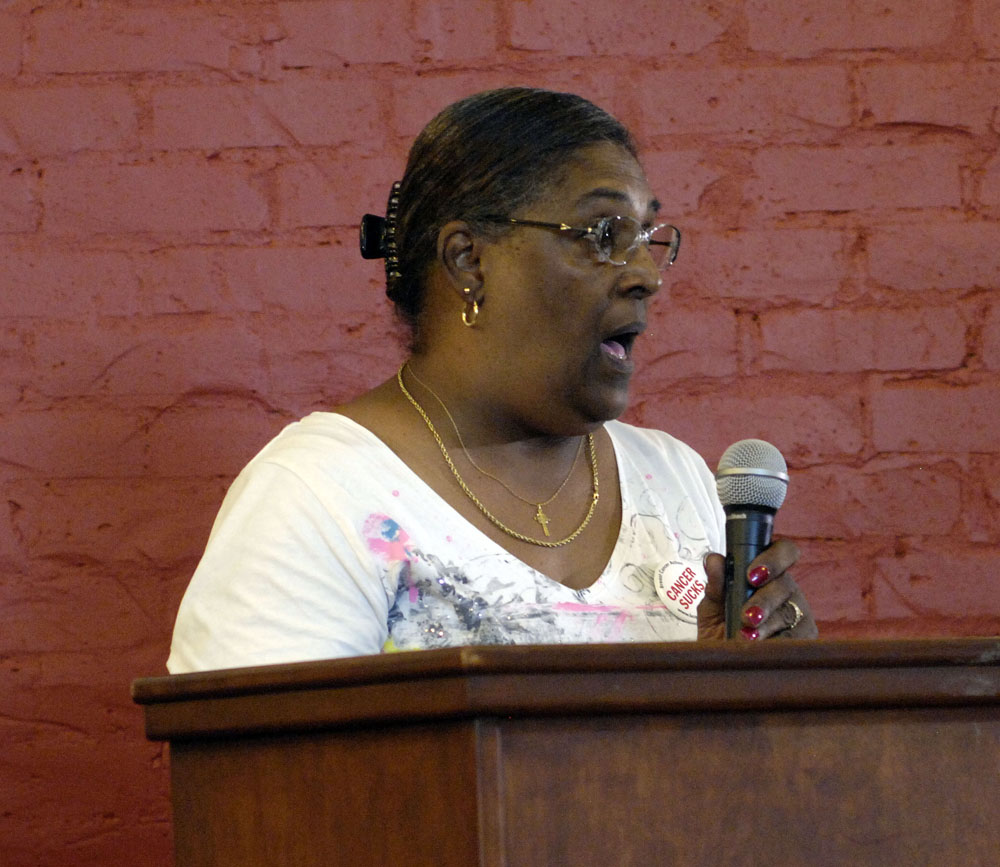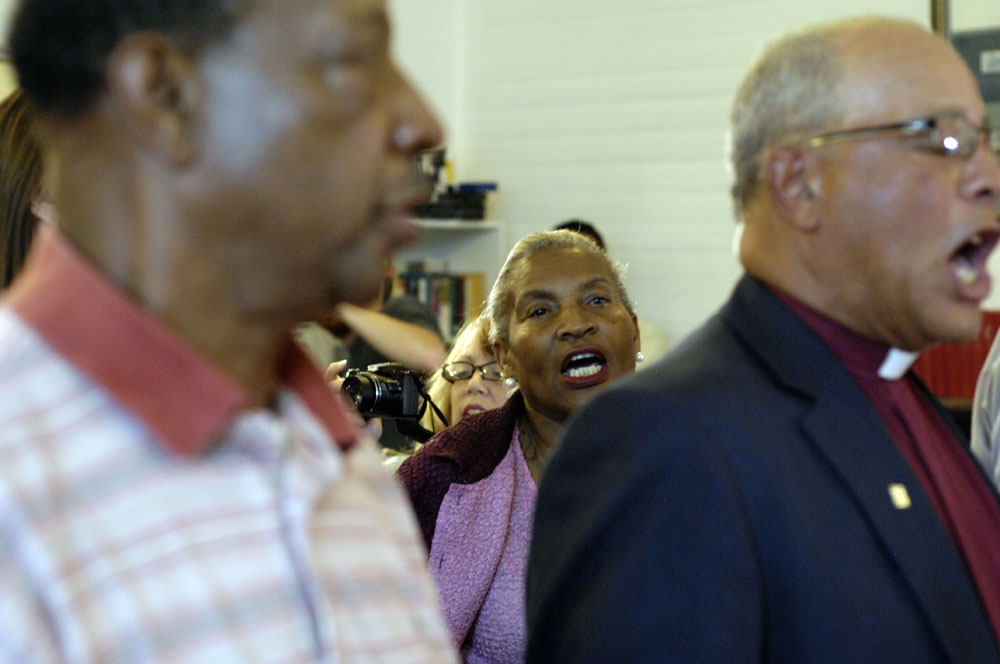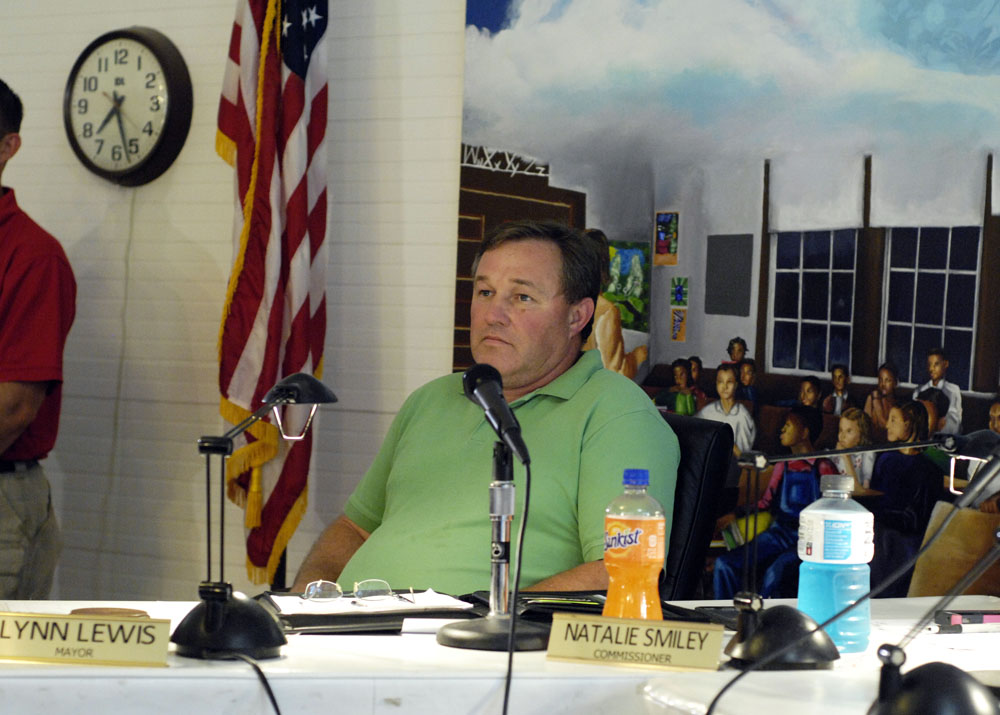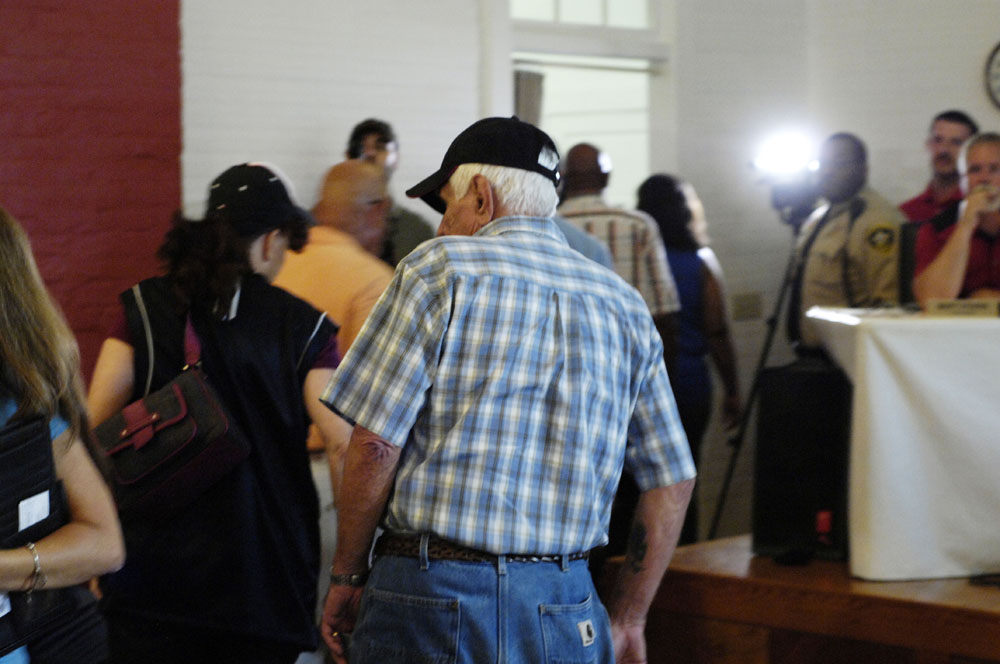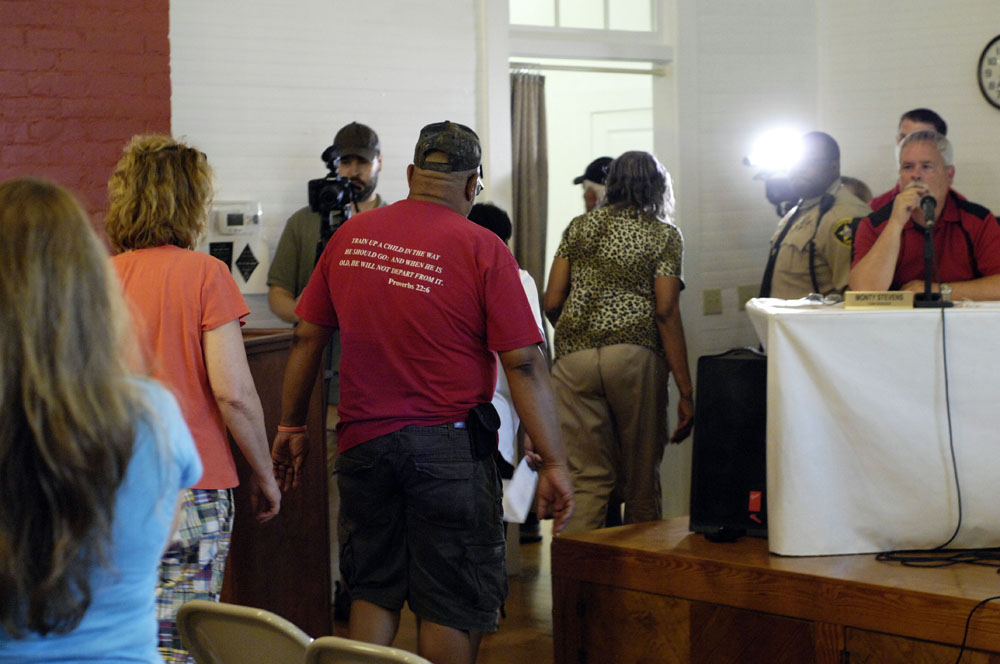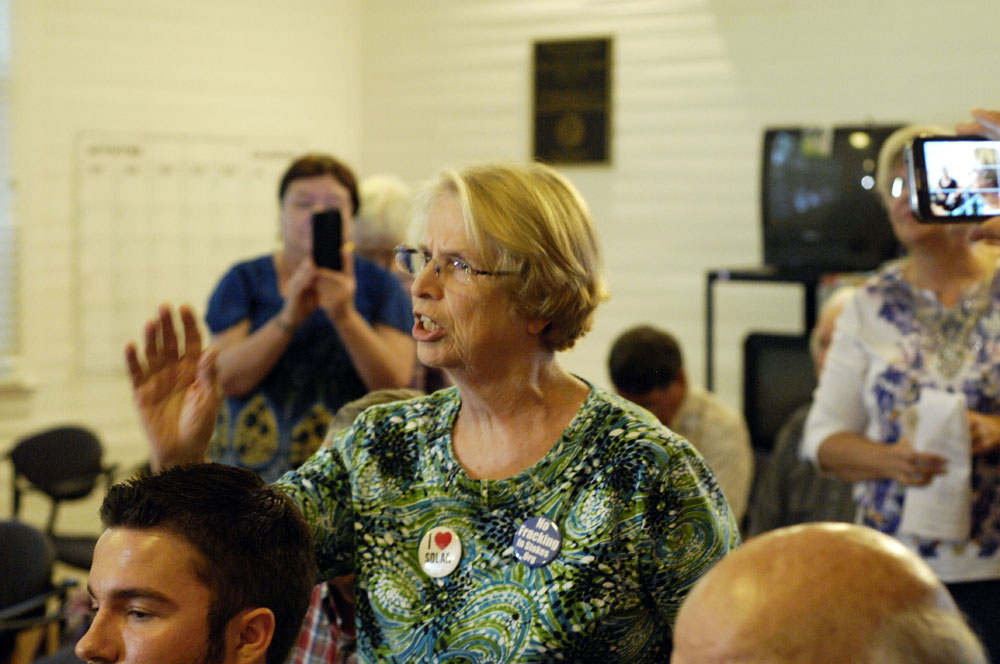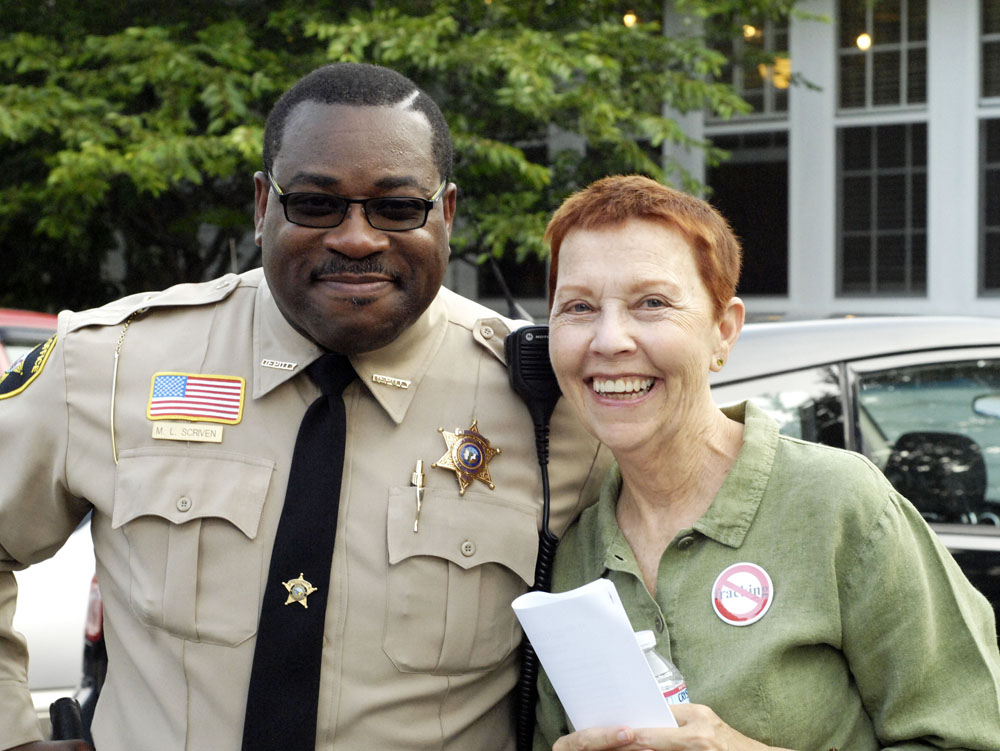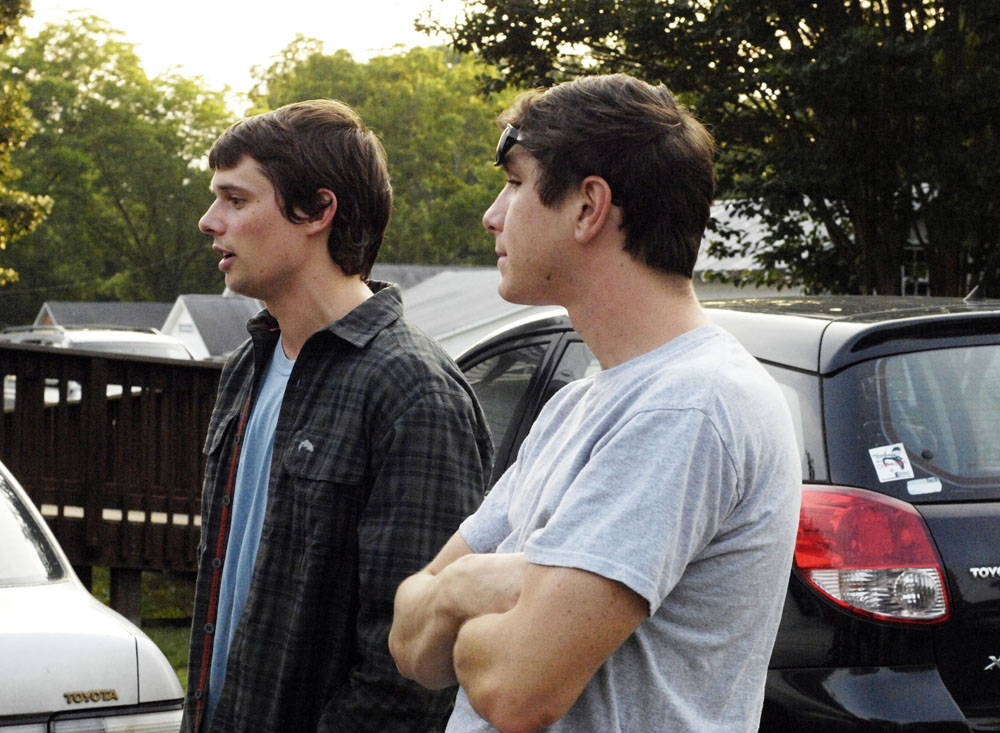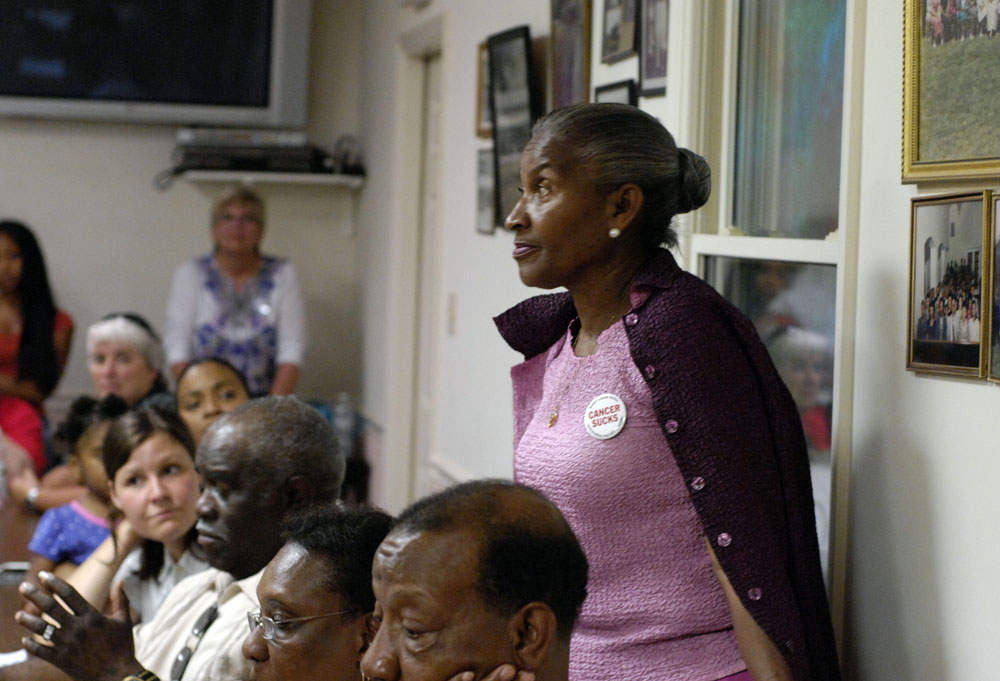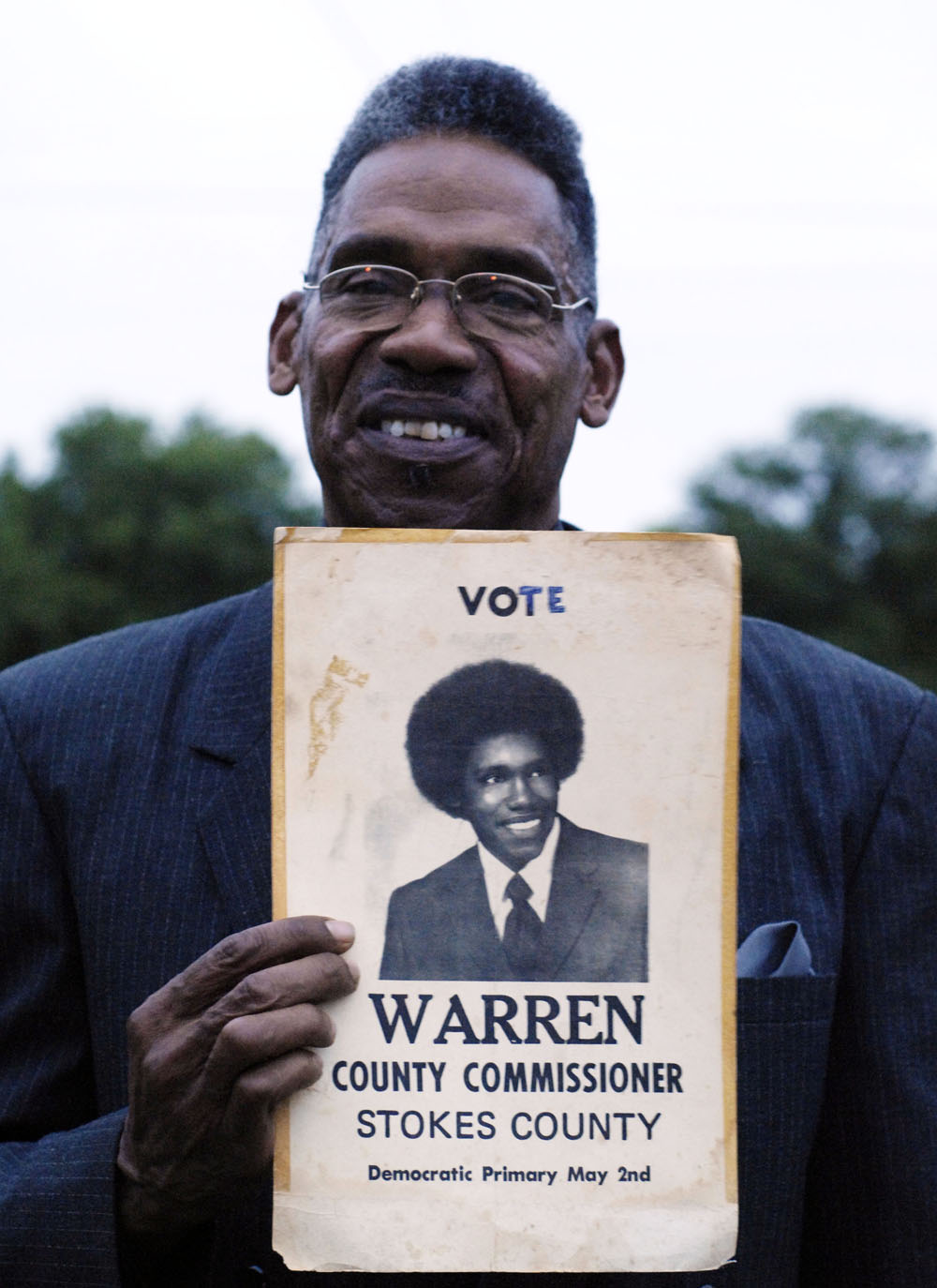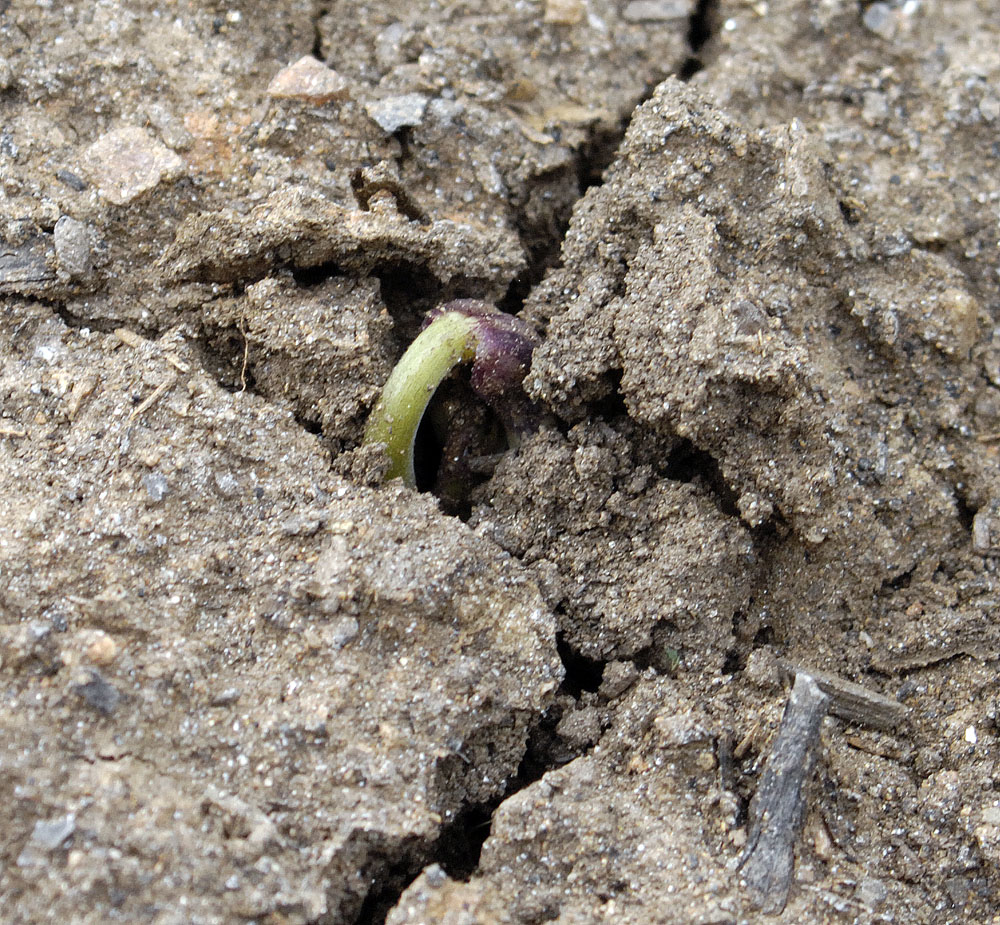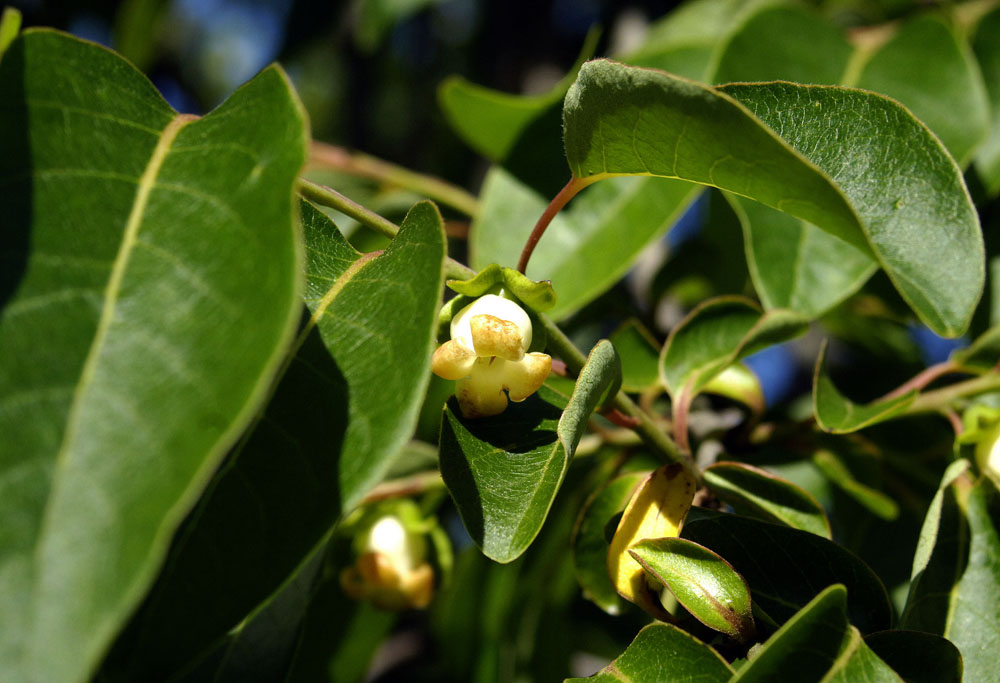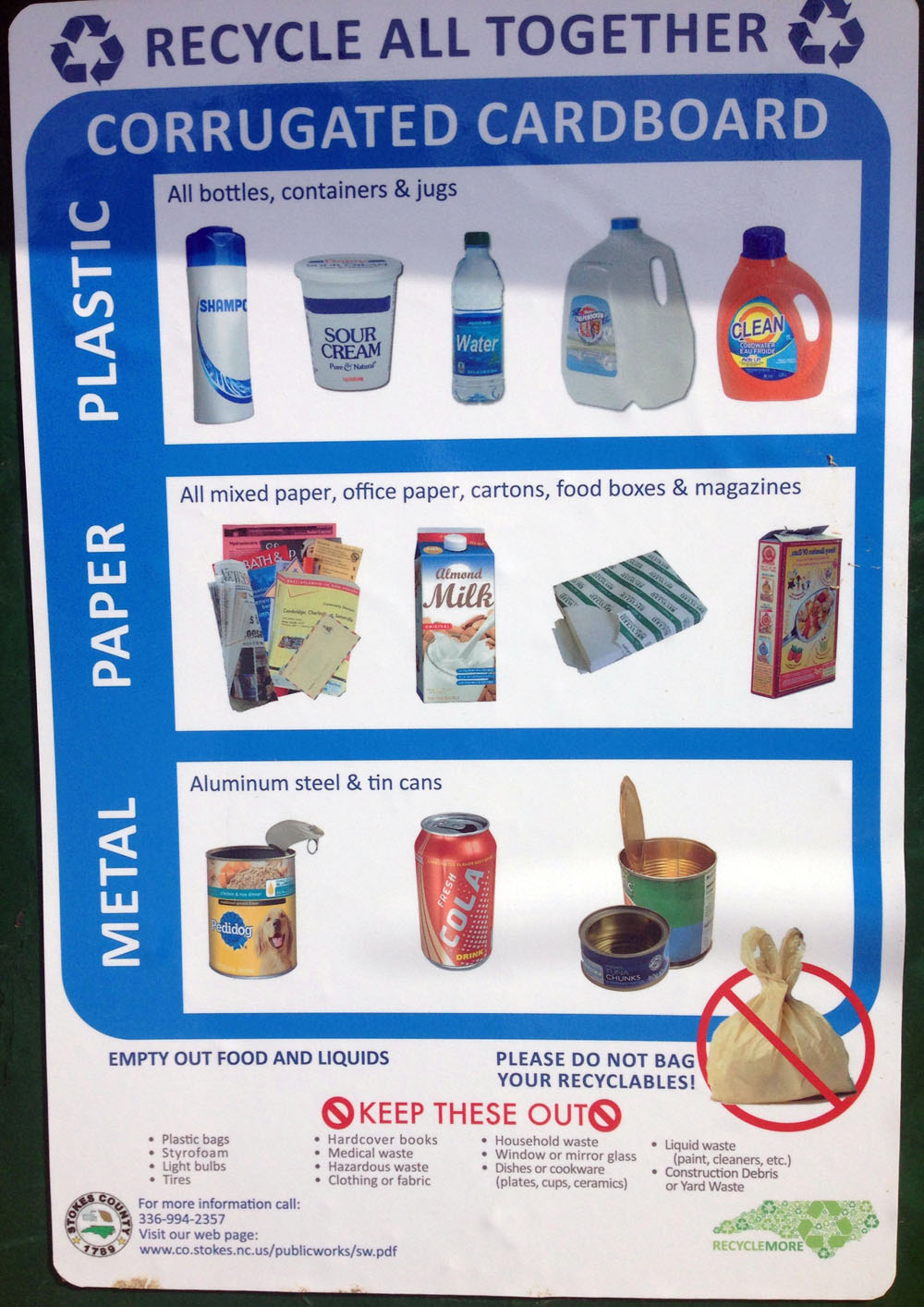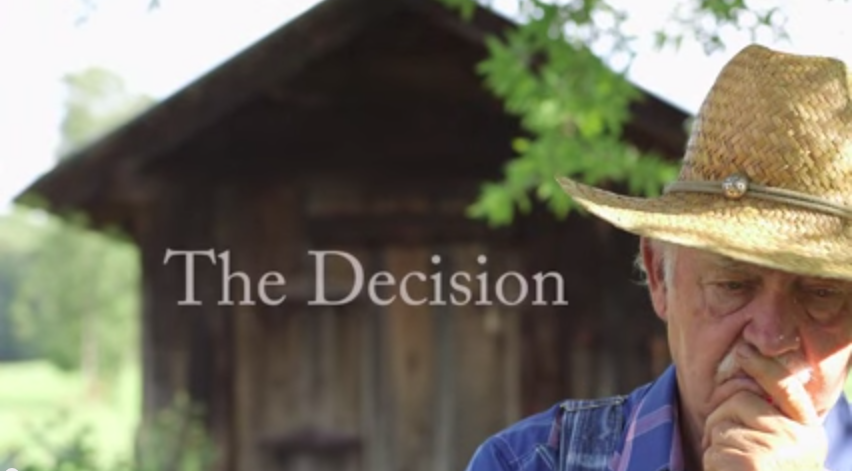
Note that the top of the base is slightly brown from heat, which may have occurred when the CFL failed. This is normal.
I happened to be standing right underneath a compact fluorescent bulb yesterday when it failed. It failed exactly according to the book: There was a quiet pop, about the volume of a single grain of popcorn popping, and the bulb went out. When I removed it and looked at it, the white base was slightly brown from the heat of the ballast failure. This was a completely normal failure in accord with the way CFL lamps are designed to work.
The bulb was one of four in my kitchen ceiling that light the countertops. The lamp was seven years old. It was one of the brighter types — equivalent to 100 watts of incandescent light at 23 watts power consumption.
Right-wingers who believe that any kind of energy conservation is a left-wing conspiracy have done everything possible to demonize CFL bulbs. A while back, a conservative friend on Facebook shared a propaganda post about how terrified some right-winger was when a CFL bulb made a popping noise and a blackish brown spot appeared on the base. If I hadn’t been home it could have burned my house down! said the Facebook post. Horse wash. Some of the earlier bulbs failed less gracefully, but they all eventually fail, and the failure is usually in the power supply. As the Wikipedia article on CFL lamps points out, one of the challenges of designing CFL lamps is designing in an inoffensive failure mode. And of course nobody wants to smell smoke. My CFL failure yesterday created no odor at all.
The power supply in the base of the bulb, by the way, is a small electronics board that first converts AC house current to direct current. Then transistors convert the direct current to very high frequency alternating current, which is fed to the bulb. It’s this circuit that normally fails, not the glass part of the bulb.
No one claims that CFLs are perfect. What we all want is cheap LED lighting with a natural sunlight color. We’re getting there.












